Sun, sea and ski wax
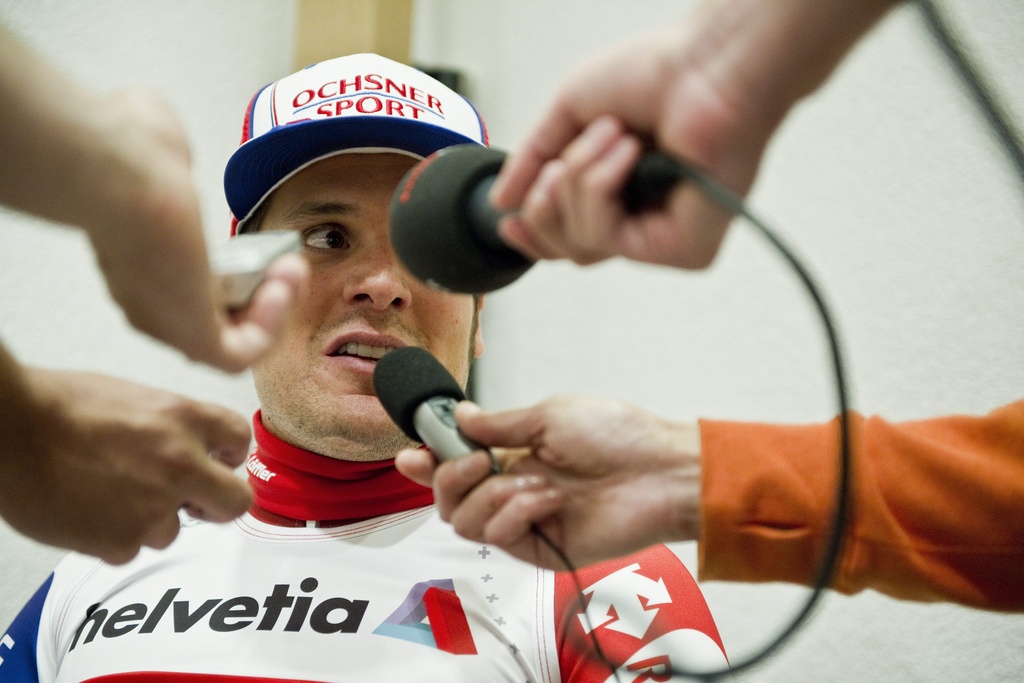
Summer is no picnic for top skiers, who after countless interviews and hours in the gym and workshop this week swapped their flip flops for ski boots.
Some enjoy keeping their sponsors happy more than others, but all professional athletes recognise the need to shake the hand that feeds them.
Camera flashes explode in the foyer of a five-star hotel in Saas-Fee. The Swiss national ski squad are striking various poses: skis on shoulders, pretending they’re on a ski lift, taking turns to slip into a top belonging to an insurance company or electricity provider.
For three days they do what they have to do to please the sponsors of Swiss Ski, the Swiss ski federation. Some do this more willingly than others.
Didier Cuche, the reigning World Cup downhill champion, hasn’t missed a chance to act the clown, while in the official photos Carlo Janka looks as though he’s at a funeral.
“It’s the same thing every year. I’m not going to lie to you: it’s a real hassle, but you’ve got to do it for the sponsors,” Janka told swissinfo.ch.
The 23-year-old, who won gold in the giant slalom at the 2010 Vancouver Olympics and is the current World Cup overall champion, would clearly rather be 1,500 metres higher, up on the glacier, the only place where he can truly express himself.
Obligations
But success brings with it obligations, and the Swiss skiers have been in great demand since the season ended at the beginning of April.
Autograph sessions, ski days with clients of sponsors, official receptions, openings of spas, promotion work for your own image – the whole business can be more dizzying than staring down an icy black run.
“I’ve turned down loads of requests,” Janka admitted. “I only take part in those events that I really can’t get out of, otherwise I can’t concentrate on the most important thing: skiing.”
Olympic downhill champion Didier Défago, 29, has also had an eventful spring.
“My days have been a lot busier since I won the Olympic title,” he told swissinfo.ch with a smile. “The requests flood in, and I can’t please everyone. For me the most important thing during this period is to be able to devote time to my family.”
Media work
Défago, father of a three-year-old daughter and 14-month-old boy, has nevertheless found time with his management to nurture his champion’s image.
Like Roger Federer, his name is a brand. “Défago” acts as a visual identity, notably when trying to boost sales of products. He will soon be launching an advertising campaign for health products.
The more you sell yourself, the more you earn. But how much exactly?
“No comment,” Défago said. The taboo isn’t ready to be broken. The annual income of a skier of Défago’s calibre could reach around a million francs, according to those in the know.
To sell alpine skiing requires a better media presence. Swiss Ski hired a television presenter for two days to give courses in Saas-Fee on how skiers could improve their media friendliness.
Hardened pros such as 35-year-old Cuche were exempt, but the others had to watch and learn.
Language courses
“We also support athletes who want to go on language courses,” said Swiss Ski spokeswoman Diana Fäh.
“I’m very happy to see how much better Carlo Janka’s English has got. Now I’d like to see him do the same with French to boost his popularity in the French-speaking part of the country.”
Nineteen-year-old Lara Gut, who won two silver medals at the 2009 World Championships, speaks five languages and already knows the rules of the game if one wants to be a professional athlete.
Gut, whose good looks haven’t hurt her bank balance, never tries to get out of her obligations. “It’s part of the job. The important thing is to find a good balance. After all, the sponsors let us do what we do,” she told swissinfo.ch.
Teammate Dominique Gisin agrees. “We have to do it, even if sometimes it’s hard to keep smiling. Playing golf, signing autographs – that doesn’t bother me. But training must be your priority.”
Southern hemisphere
For elite skiers, summer and leisure don’t go together.
“I’m allowed a relaxing fortnight at home, which I spend with my family and friends, but then I head down to Fuerteventura for a week of windsurfing to get the machine going again,” Cuche said.
“I then go back into the gym for three-and-a-half months of physical preparation. I put on skis for the first time last week in Zermatt. Even so, it’s slightly annoying to have to leave the lake when it’s 35 degrees.”
Switzerland’s top skiers have a busy programme lined up. Having negotiated the gates on the glaciers of Zermatt and Saas-Fee, they will travel to the southern hemisphere for a month to perfect their skills. Next week the men head to Argentina while the women go to New Zealand.
Despite last season’s success, the athletes have to dip into their own pockets and finance part of the trip themselves.
That’s the price they have to pay to get onto the podium at the Austrian resort of Sölden on October 23, when the World Cup circus opens its doors again.
Samuel Jaberg in Saas-Fee, swissinfo.ch (Translated from French by Thomas Stephens)
The opening races of the World Cup ski season in Sölden, Austria, have been confirmed for October 22-24.
Lindsey Vonn of the United States and Carlo Janka of Switzerland are the defending overall World Cup champions.

In compliance with the JTI standards
More: SWI swissinfo.ch certified by the Journalism Trust Initiative
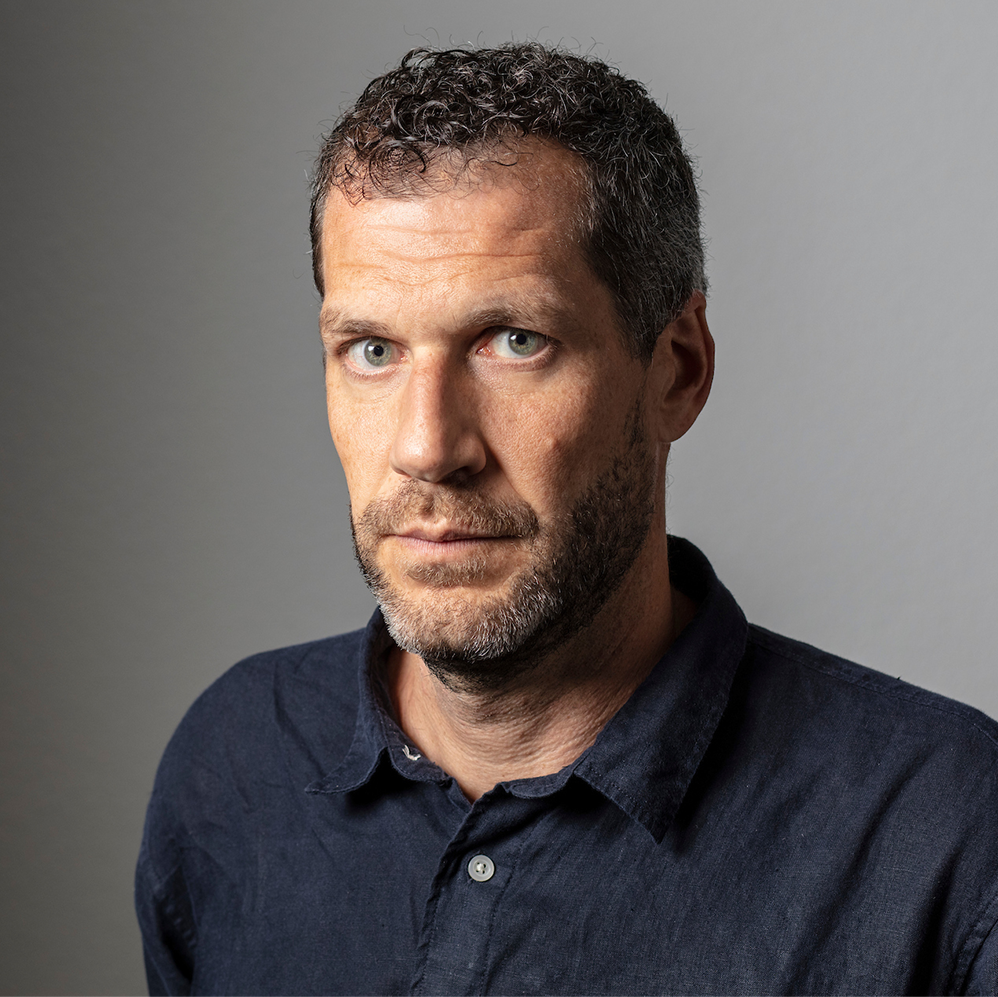

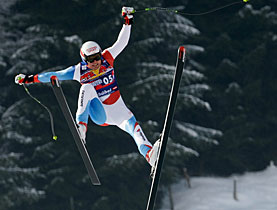
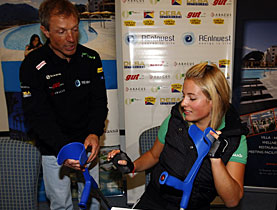
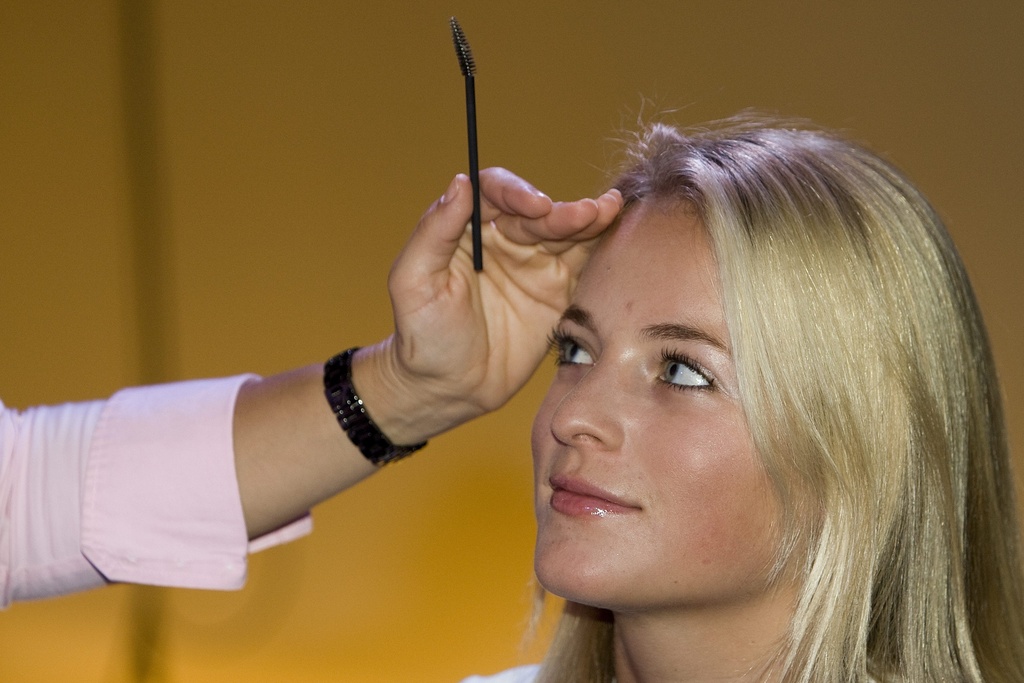
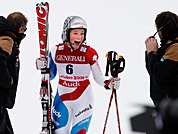
You can find an overview of ongoing debates with our journalists here . Please join us!
If you want to start a conversation about a topic raised in this article or want to report factual errors, email us at english@swissinfo.ch.